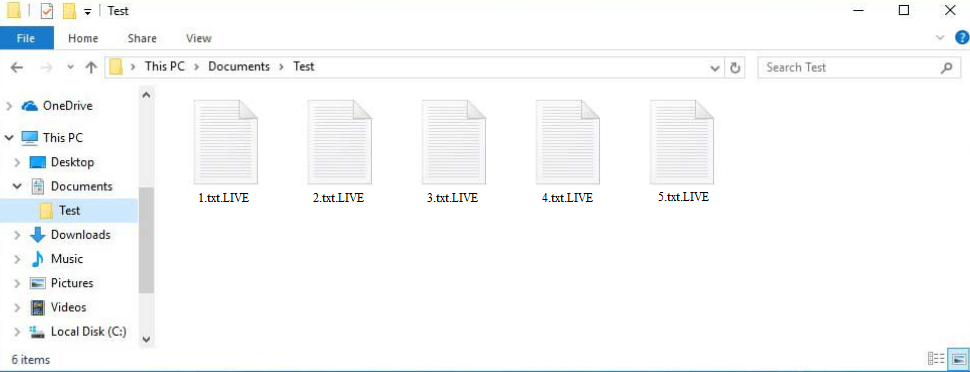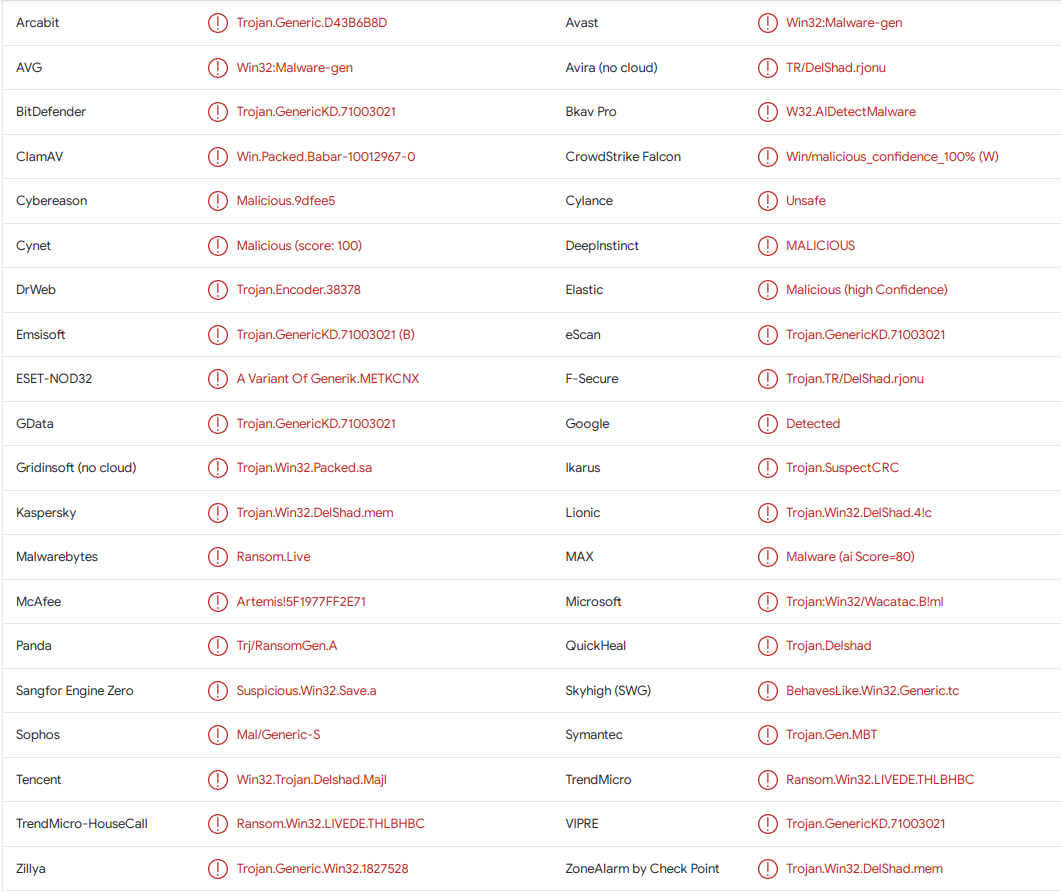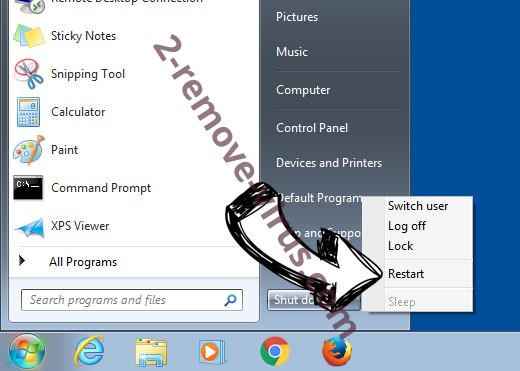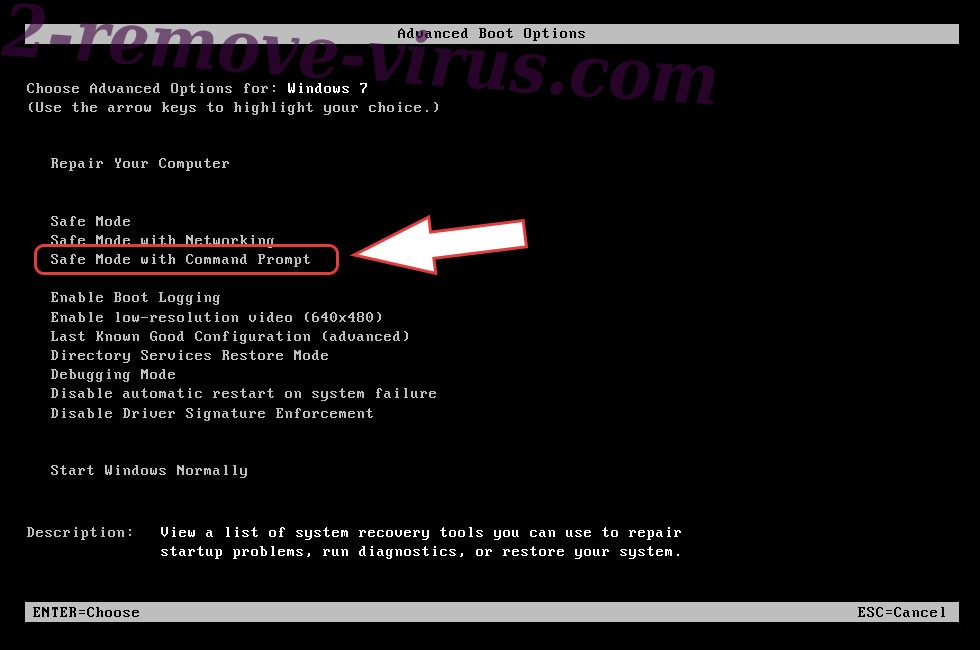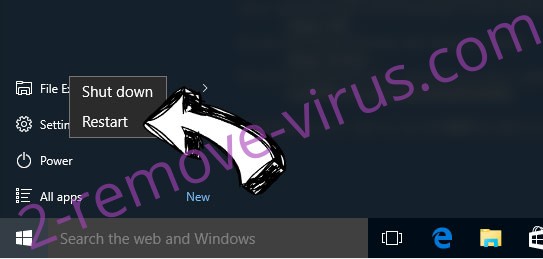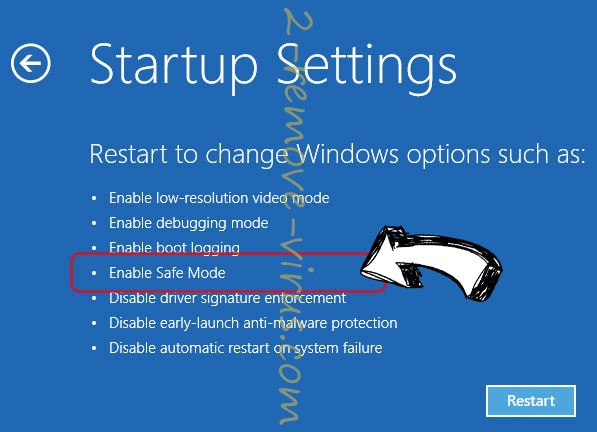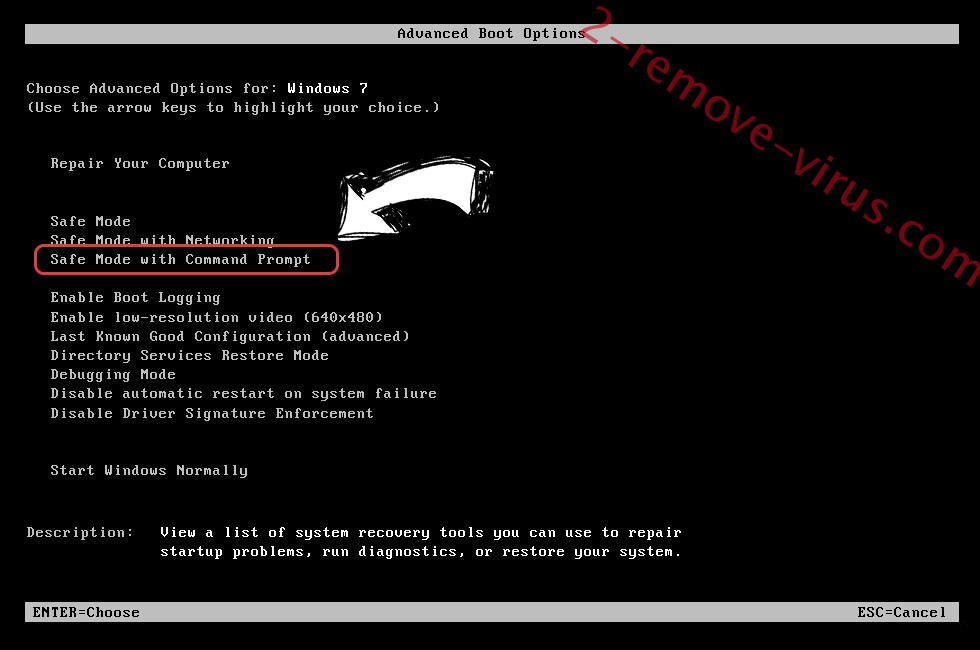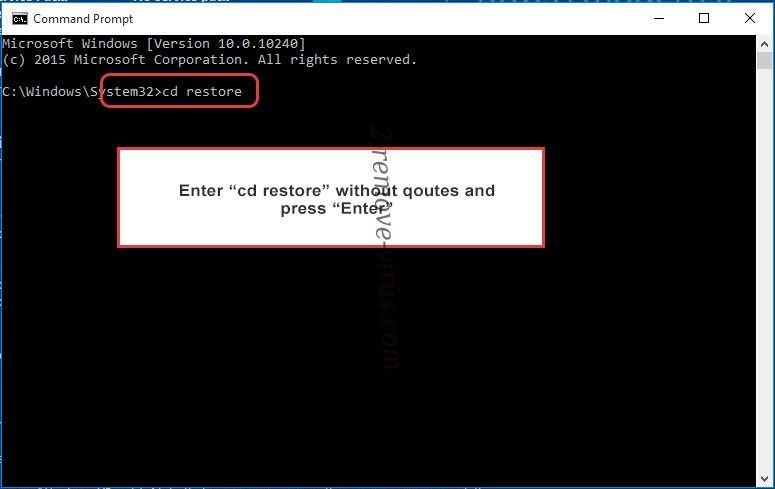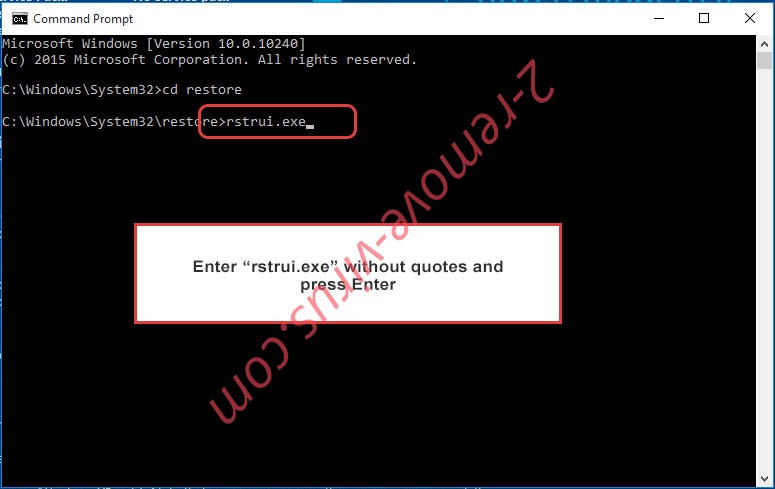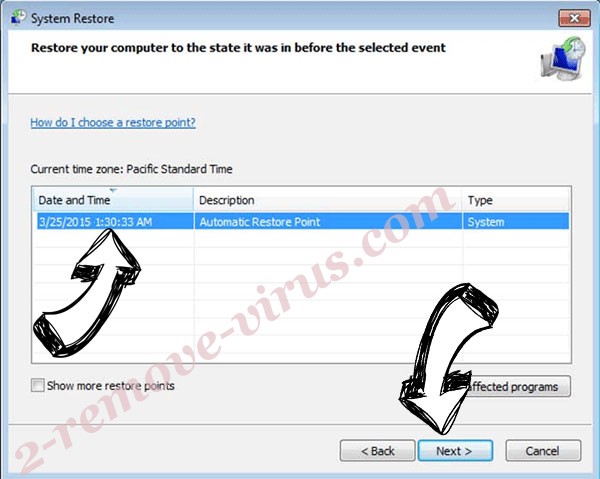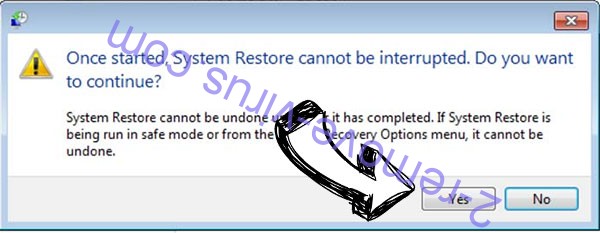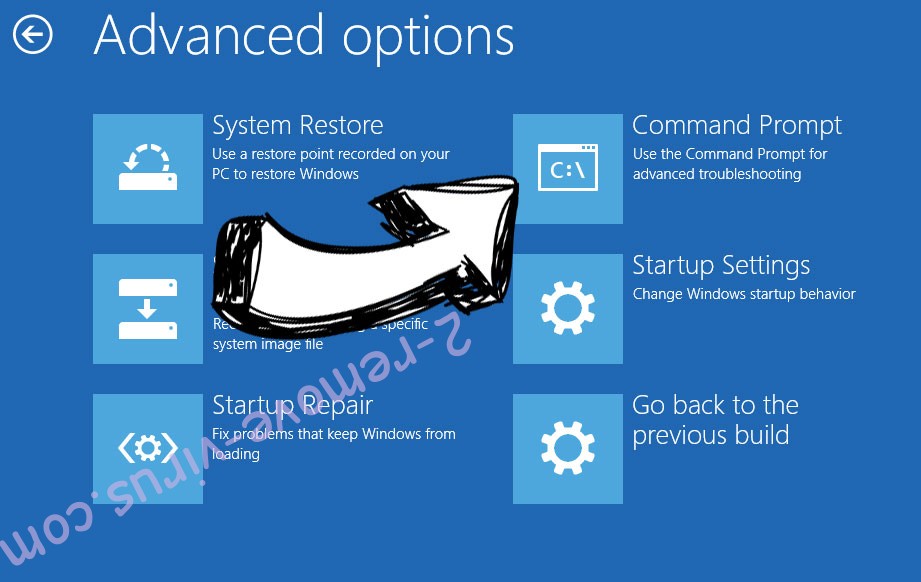LIVE TEAM ransomware is file-encrypting ransomware, identifiable by the .LIVE extension added to files it encrypts. It will target and encrypt all personal files and then demand payment in exchange for a decryptor to recover them. Because file recovery without a backup or a decryptor is not currently possible, LIVE TEAM ransomware is considered to be a very dangerous infection.
LIVE TEAM ransomware will start encrypting files as soon as it is initiated. It targets all personal files, including photos, videos, documents, etc. You will immediately know which files have been affected because not only will you not be able to open them but they will also have the .LIVE file extension added to them. For example, image.jpg would become image.jpg.LIVE if encrypted. Unless you first run these files through a decryptor, you will not be able to open them.
When LIVE TEAM ransomware is done encrypting files, it will drop a “FILE RECOVERY_ID_[victim’s unique_ID].txt” ransom note. Your unique ID is in the ransom note file name. The ID is necessary if you decide to pay the ransom. The note explains that files have been encrypted and that a payment is required in order to get the decryptor. The price for the decryptor is not specified in the note but will be revealed if you contact them with your assigned ID.
If you do not have any other option, paying may seem like a good idea. However, you need to keep in mind that you are dealing with cyber criminals and there are no guarantees that you will receive the decryptor after paying. There is nothing to force the malware operators to help you. Many victims in the past did not get their decryptors despite paying. While whether to pay the ransom is your decision, you need to be aware of the risks that come with engaging with ransomware operators.
Not only are you not guaranteed a decryptor, but you would also be providing criminals money to perform future malicious operations. As long as users continue to pay the ransom, ransomware will thrive. Furthermore, once you pay, you may be flagged as someone willing to pay, and would thus be targeted again.
If you have a backup of your encrypted files, you can start recovering files as soon as you delete LIVE TEAM ransomware from your computer. We strongly recommend using anti-malware to remove LIVE TEAM ransomware because otherwise, you could end up causing damage to your computer. Once the ransomware is no longer present, you can connect to your backup and start file recovery. Even after the malware is gone, keep the anti-malware program running at all times to protect your device from future infections.
Unfortunately, if you do not have a backup, your file recovery options are very limited. Your only option is to wait for a free LIVE TEAM ransomware decryptor to be released. It’s not guaranteed that it will be released but it’s not impossible. If it were to become available, it would be posted on NoMoreRansom. Keep in mind that if you cannot find a decryptor on NoMoreRansom, you’re unlikely to find it on any other site/forum. It’s also worth mentioning that many fake decryptors could be concealing malware.
How did LIVE TEAM ransomware enter your computer?
Ransomware is distributed in several ways. It can be concealed in an email, a torrent, an ad, etc. Users with good browsing habits are much less likely to infect their computers with malware because they do not engage in risky behavior. Developing better online habits is one of the best ways to prevent an infection.
Malicious actors often use email attachments to distribute malware. Ransomware is hidden in email attachments, attached to emails disguised to look like they’re sent by legitimate businesses. When users open those attachments, they end up infecting their computers with malware. Fortunately, if users know what to look for, these types of emails shouldn’t be too difficult to recognize. One of the biggest giveaways is grammar and spelling mistakes in emails supposedly sent by legitimate businesses. You will never see mistakes in legitimate emails because they look unprofessional.
Another sign of a malicious email is generic words used to address you. Malicious actors use generic words like “User”, “Member”, “Customer”, etc., to address users because they usually do not have access to personal information and target a large number of users with the same email. Legitimate emails sent by companies whose services you use will always address you by name because it makes the email feel more personal.
To avoid opening something malicious, we recommend always scanning email attachments before opening them. You can use an anti-malware program or VirusTotal.
It’s also very easy to pick up malware from torrents. Torrent sites are often unregulated and malicious torrents can stay up for a long time. Malware is often found in torrents for popular entertainment content, mostly in torrents for movies, TV series, and video games.
LIVE TEAM ransomware removal
Ransomware is a serious malware infection that should not be removed manually unless you know exactly what you’re doing. LIVE TEAM ransomware removal is a complicated process, and you could cause serious damage to your computer. Instead of trying to remove LIVE TEAM ransomware manually, use a good anti-malware program. It’s detected by many anti-malware programs so you have many options.
LIVE TEAM ransomware is detected as:
- Win32:Malware-gen by Avast/AVG
- Trojan.GenericKD.71003021 by BitDefender
- Trojan.GenericKD.71003021 (B) by Emsisoft
- A Variant Of Generik.METKCNX by ESET
- Trojan.Win32.DelShad.mem by Kaspersky
- Ransom.Live by Malwarebytes
- Artemis!5F1977FF2E71 by McAfee
- Trojan:Win32/Wacatac.B!ml by Microsoft
- Ransom.Win32.LIVEDE.THLBHBC by TrendMicro
Unfortunately, unless you have a backup of your files, you may not necessarily be able to recover the encrypted files. If you do not have any other option, backing up your encrypted files and waiting for a free decryptor to be released may be the only way to recover files.
If you have a backup, make sure you first remove LIVE TEAM ransomware using anti-malware. If the ransomware is still present when you connect to backup, your backed-up files will become encrypted as well.
Quick Menu
Step 1. Delete LIVE TEAM ransomware using Safe Mode with Networking.
Remove LIVE TEAM ransomware from Windows 7/Windows Vista/Windows XP
- Click on Start and select Shutdown.
- Choose Restart and click OK.

- Start tapping F8 when your PC starts loading.
- Under Advanced Boot Options, choose Safe Mode with Networking.

- Open your browser and download the anti-malware utility.
- Use the utility to remove LIVE TEAM ransomware
Remove LIVE TEAM ransomware from Windows 8/Windows 10
- On the Windows login screen, press the Power button.
- Tap and hold Shift and select Restart.

- Go to Troubleshoot → Advanced options → Start Settings.
- Choose Enable Safe Mode or Safe Mode with Networking under Startup Settings.

- Click Restart.
- Open your web browser and download the malware remover.
- Use the software to delete LIVE TEAM ransomware
Step 2. Restore Your Files using System Restore
Delete LIVE TEAM ransomware from Windows 7/Windows Vista/Windows XP
- Click Start and choose Shutdown.
- Select Restart and OK

- When your PC starts loading, press F8 repeatedly to open Advanced Boot Options
- Choose Command Prompt from the list.

- Type in cd restore and tap Enter.

- Type in rstrui.exe and press Enter.

- Click Next in the new window and select the restore point prior to the infection.

- Click Next again and click Yes to begin the system restore.

Delete LIVE TEAM ransomware from Windows 8/Windows 10
- Click the Power button on the Windows login screen.
- Press and hold Shift and click Restart.

- Choose Troubleshoot and go to Advanced options.
- Select Command Prompt and click Restart.

- In Command Prompt, input cd restore and tap Enter.

- Type in rstrui.exe and tap Enter again.

- Click Next in the new System Restore window.

- Choose the restore point prior to the infection.

- Click Next and then click Yes to restore your system.

Offers
Download Removal Toolto scan for LIVE TEAM ransomwareUse our recommended removal tool to scan for LIVE TEAM ransomware. Trial version of provides detection of computer threats like LIVE TEAM ransomware and assists in its removal for FREE. You can delete detected registry entries, files and processes yourself or purchase a full version.
More information about SpyWarrior and Uninstall Instructions. Please review SpyWarrior EULA and Privacy Policy. SpyWarrior scanner is free. If it detects a malware, purchase its full version to remove it.

WiperSoft Review Details WiperSoft (www.wipersoft.com) is a security tool that provides real-time security from potential threats. Nowadays, many users tend to download free software from the Intern ...
Download|more


Is MacKeeper a virus? MacKeeper is not a virus, nor is it a scam. While there are various opinions about the program on the Internet, a lot of the people who so notoriously hate the program have neve ...
Download|more


While the creators of MalwareBytes anti-malware have not been in this business for long time, they make up for it with their enthusiastic approach. Statistic from such websites like CNET shows that th ...
Download|more
Site Disclaimer
2-remove-virus.com is not sponsored, owned, affiliated, or linked to malware developers or distributors that are referenced in this article. The article does not promote or endorse any type of malware. We aim at providing useful information that will help computer users to detect and eliminate the unwanted malicious programs from their computers. This can be done manually by following the instructions presented in the article or automatically by implementing the suggested anti-malware tools.
The article is only meant to be used for educational purposes. If you follow the instructions given in the article, you agree to be contracted by the disclaimer. We do not guarantee that the artcile will present you with a solution that removes the malign threats completely. Malware changes constantly, which is why, in some cases, it may be difficult to clean the computer fully by using only the manual removal instructions.
